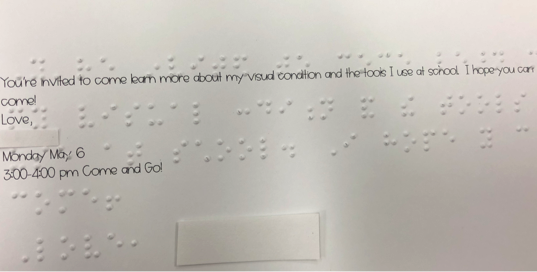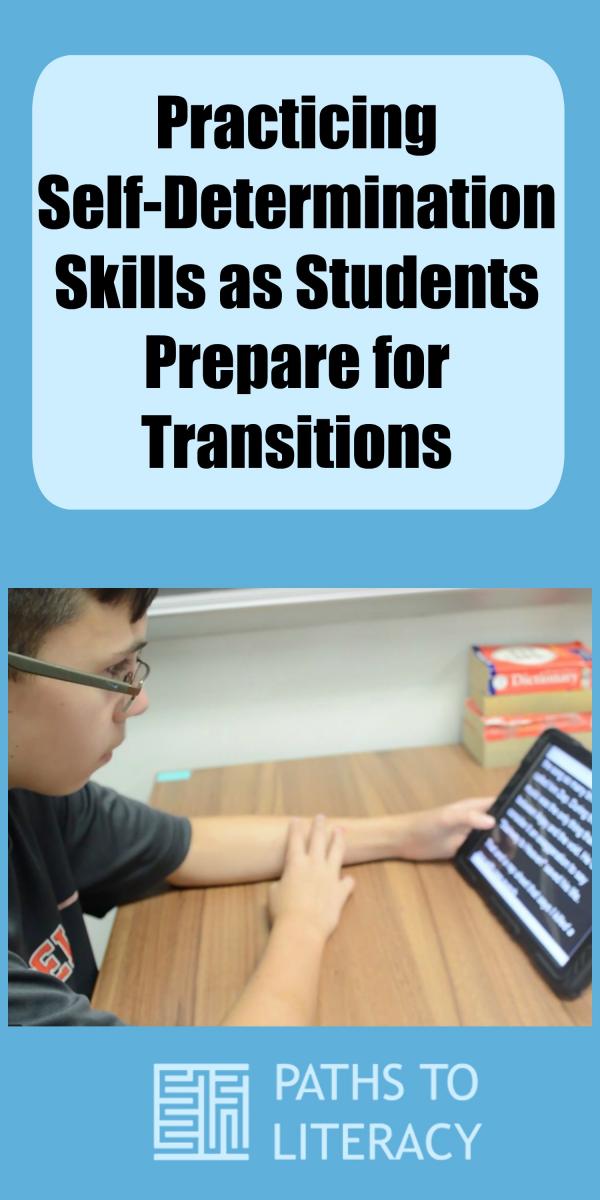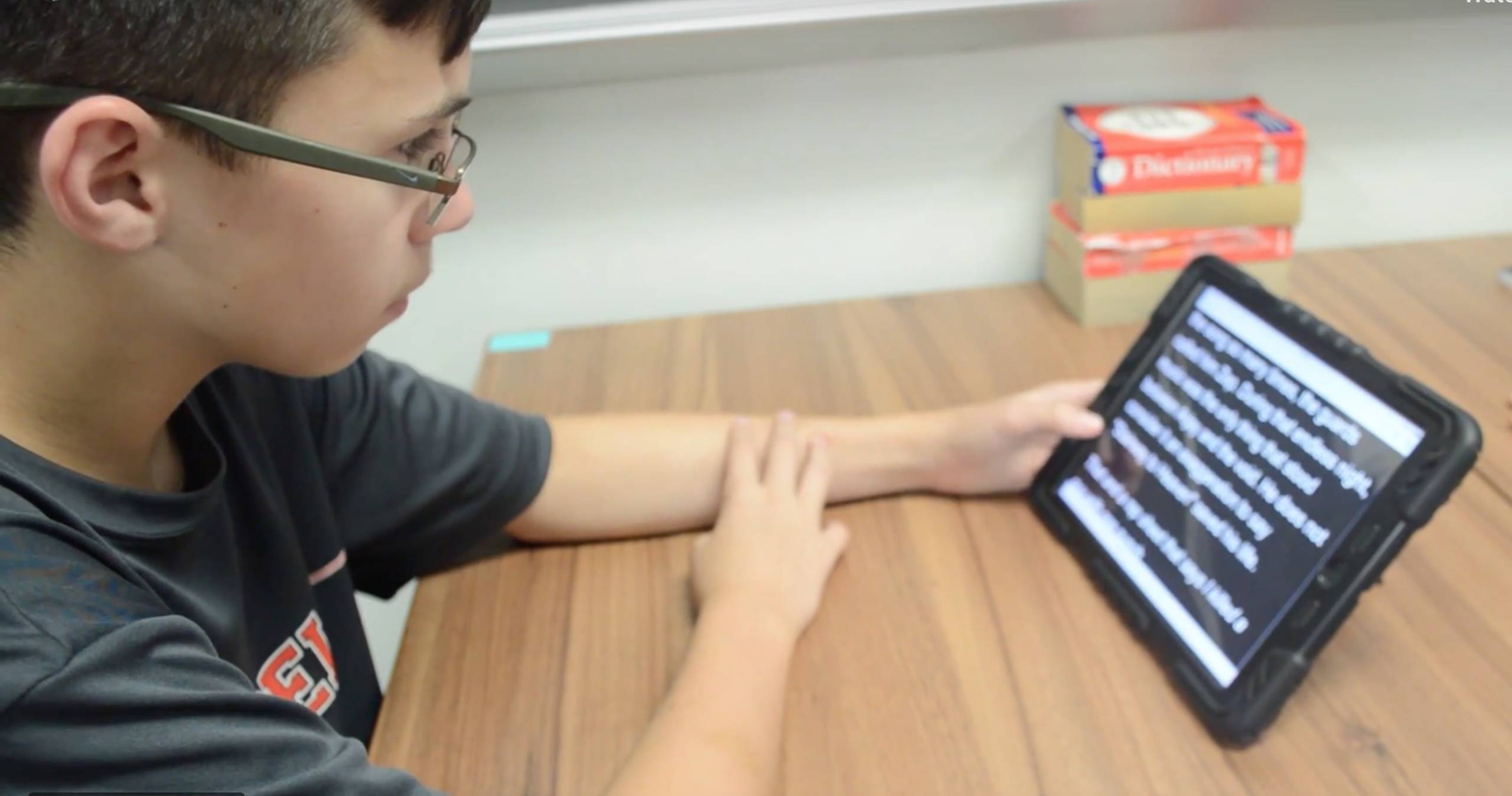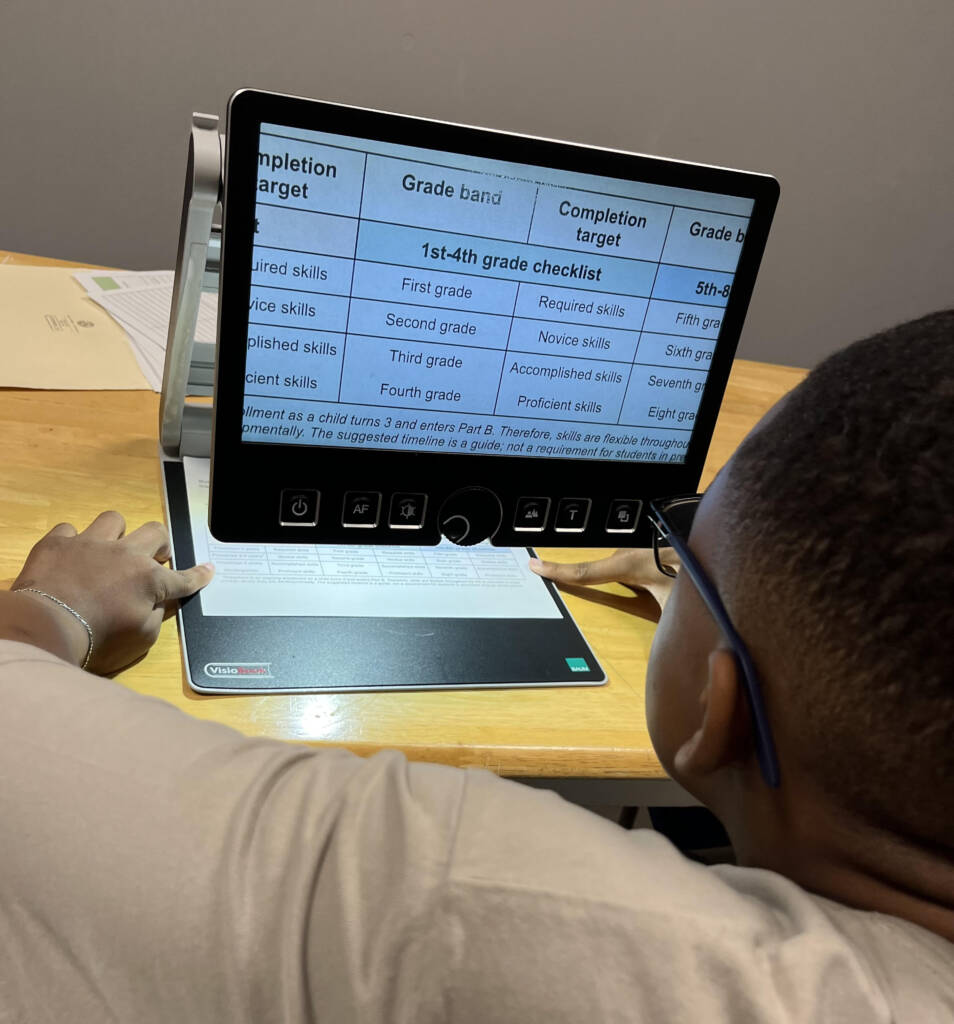As the current school year winds down, we begin to anticipate our learners’ transitions to new campuses and classrooms for the fall. What a great time to work on some Self-Determination skills as part of the ECC (Expanded Core Curriculum)! I use this time to:
- Check on their current understanding of their eye condition and ability to answer questions related to their vision.
- Make sure they can clearly articulate details about their accommodations.
- Describe their technology and tools for the classroom.
- Discuss goals, fears, and what they are hoping for in the next year.
- Plan and create the tools to share in the fall so it’s ready to go before school begins.
In our district, it is standard practice for classroom teachers to get folders and information related to all learners’ IEPs, but I believe a personal touch goes a long way. I think learners asserting their knowledge by personally sharing information with teachers can really open the door to ongoing communication between the learner and teacher throughout the year. It’s a great skill to develop for learners in preparation for college, and I also love giving teachers a little taste of the learner’s personality from the beginning.
Here are some ways my learners have shared information with teachers at the beginning of the year. Their creativity is so much fun to see.
-
One learner in 7th grade decided he wanted some classmates from a media class to create a professional video about his visual impairment. The learners used school equipment and completed it as a final project for their class. My learner shared this video with the entire school by broadcasting it over announcements and also had a viewing for his new teachers and answered questions following. The questions posed to him include:
- What school activities are you involved in?
- How do you get through these crazy hallways?
- What do you do in a situation where the lights are off or there is a crowd?
- Do you know braille?
- Watch his video: Nathan Documentary: Retinitis Pigmentosa.
- One year a learner and his new 2nd grade teacher-to-be became pen pals for the month of May. This gave them a chance to learn a little bit about each other and get excited for the year to come.
- Another way we’ve shared information with teachers is having a “visual impairment open house” where teachers are invited to come try on simulator goggles and complete a variety of activities and explore the learners’ tools and equipment.

Several learners have used the Apple Clips App to create personalized video messages to share with their teachers. This is a free, fun app that really lets learner’s personalities shine. They can pull in pictures and videos and add their own commentary as well. Here’s an example of the videos of a younger learner and an older learner, who both describe their albinism and some of the assistive technology tools they use.
Self-Determination with Younger Student
Self-Determination with Older Student
Regardless of the end product, I encourage teachers to get creative with their learners and truly take this opportunity to begin creating relationships for a smooth transition and to teach learners the power of self determination.





